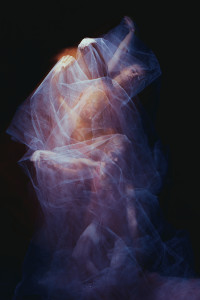 Dance is often viewed as a form of self-expression. But everyone expresses themselves through their bodily movements. These quotidian expressions differ from dance in an important way however, for everyday expressive actions are spontaneous, un-rehearsed, un-premediated and largely unguarded.
Dance is often viewed as a form of self-expression. But everyone expresses themselves through their bodily movements. These quotidian expressions differ from dance in an important way however, for everyday expressive actions are spontaneous, un-rehearsed, un-premediated and largely unguarded.
Dance movements, on the other hand, are carefully chosen, rehearsed, and controlled. One of the attractions of dance training is not only enhanced freedom of bodily expression, but also increased control. Yes, dancers are control freaks. But they are also optimists. Dance offers the possibility to construct a new self – one that is leaner, stronger, more capable, more sexy — in short, more of whatever attribute a particular style of dance may emphasize.
As an aging person who has danced, I continue to exercise, in part out of a sense of duty. But beyond mere physical maintenance, my moving and dancing is meant to lead to a renaissance, to a newer and better me. Paradoxically, while I am concentrating on my physical actions in the present moment, I am simultaneously connected to the past. I have practiced these movements many times and their repetition triggers a certain nostalgia for the person I once was.
Sentient moving creates an alchemy of time, in which the present action is projected towards a hopeful future and at the same time embedded in a remembered way of being in the world. When I move I am, I invent, and I recollect. When I dance, I transcend the limits of past, present, and future.
